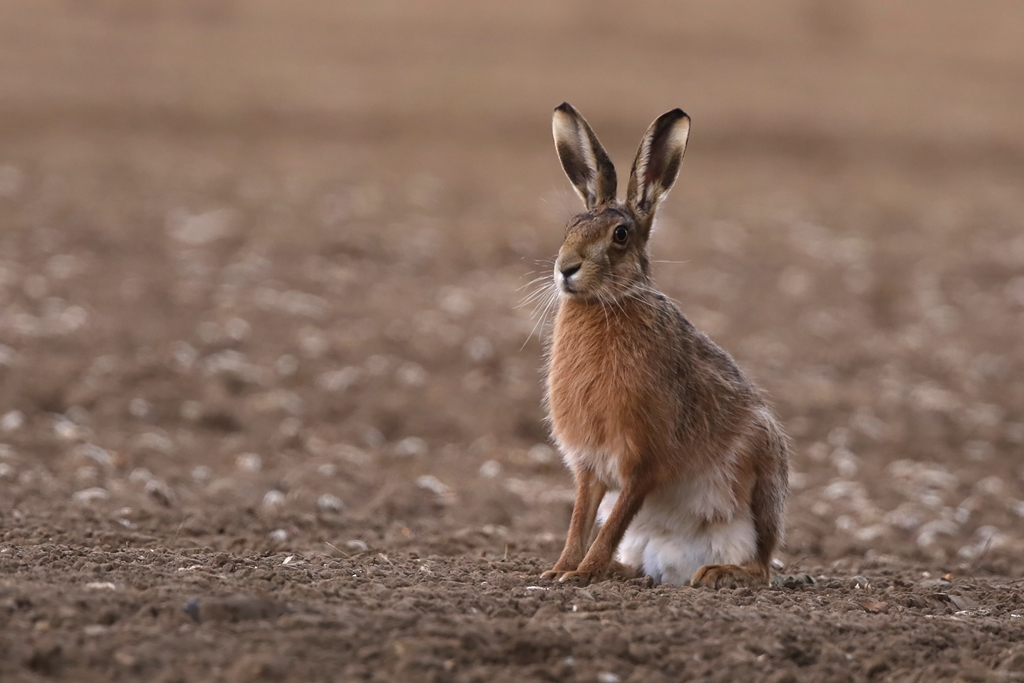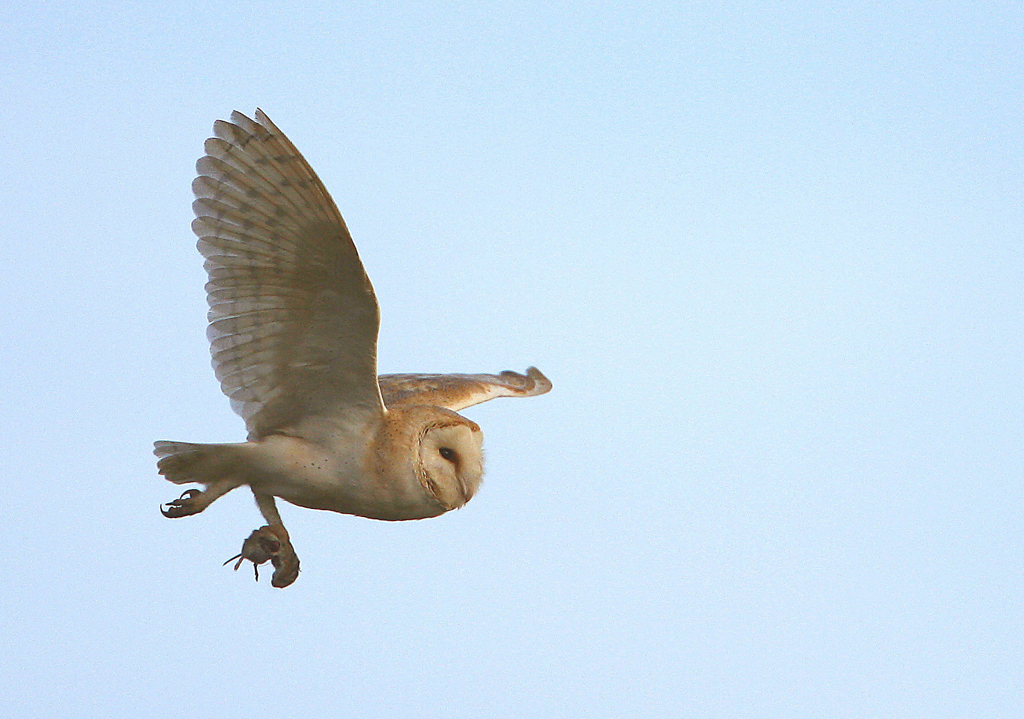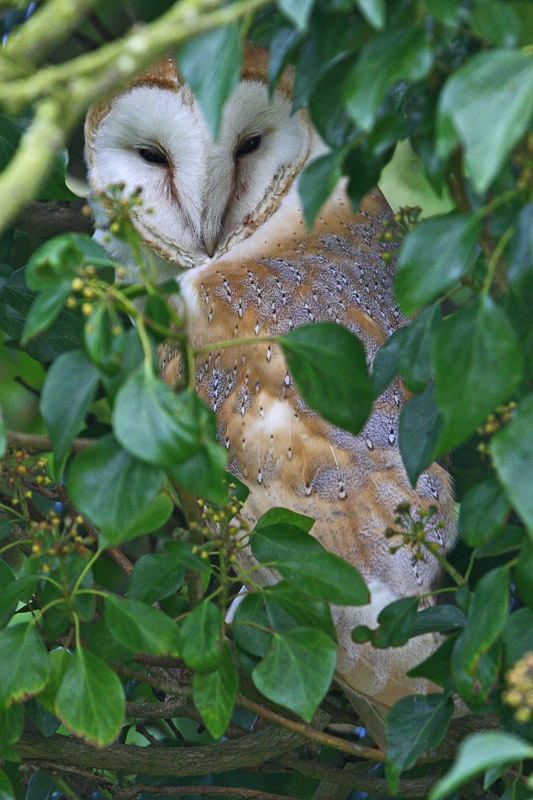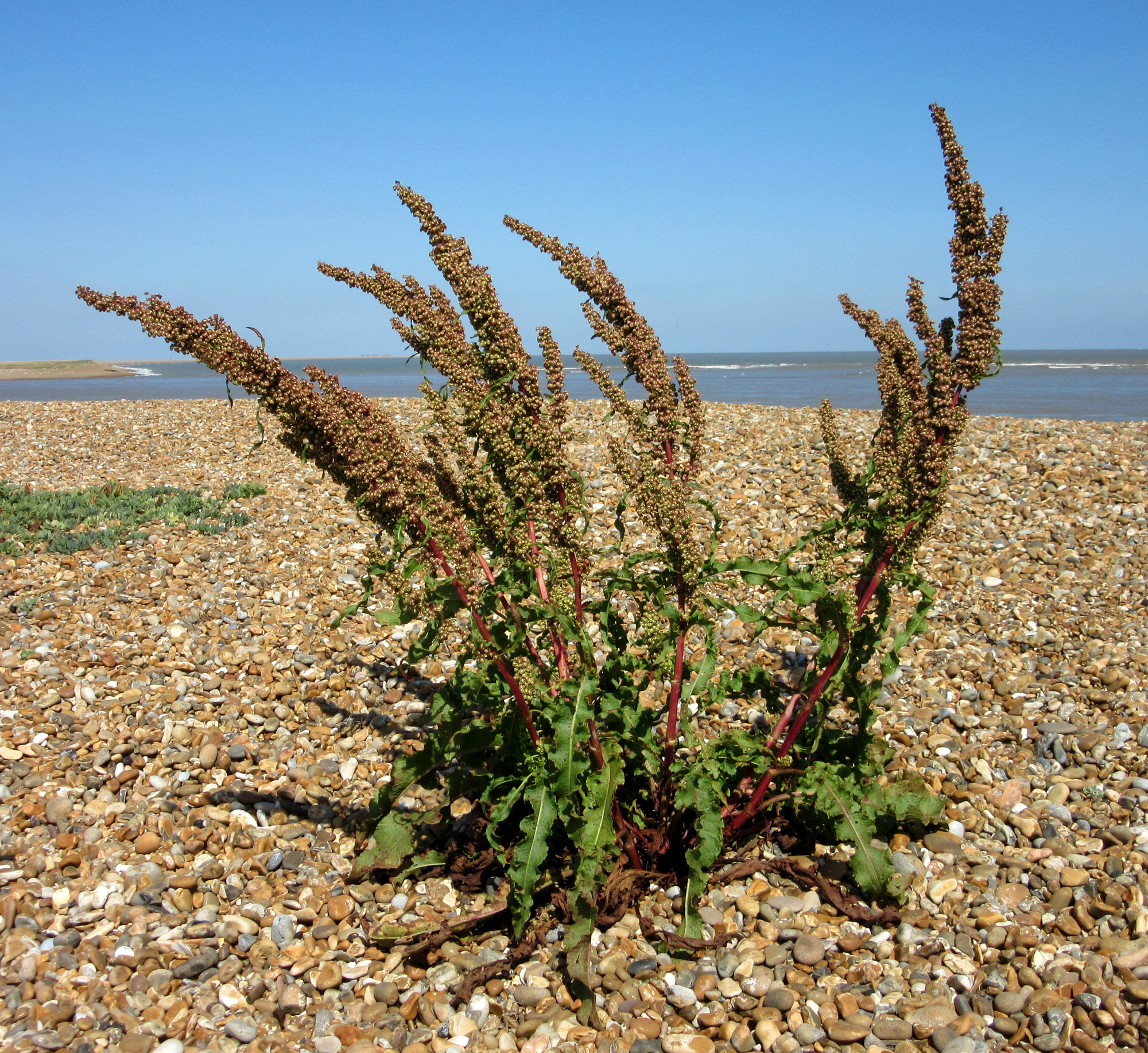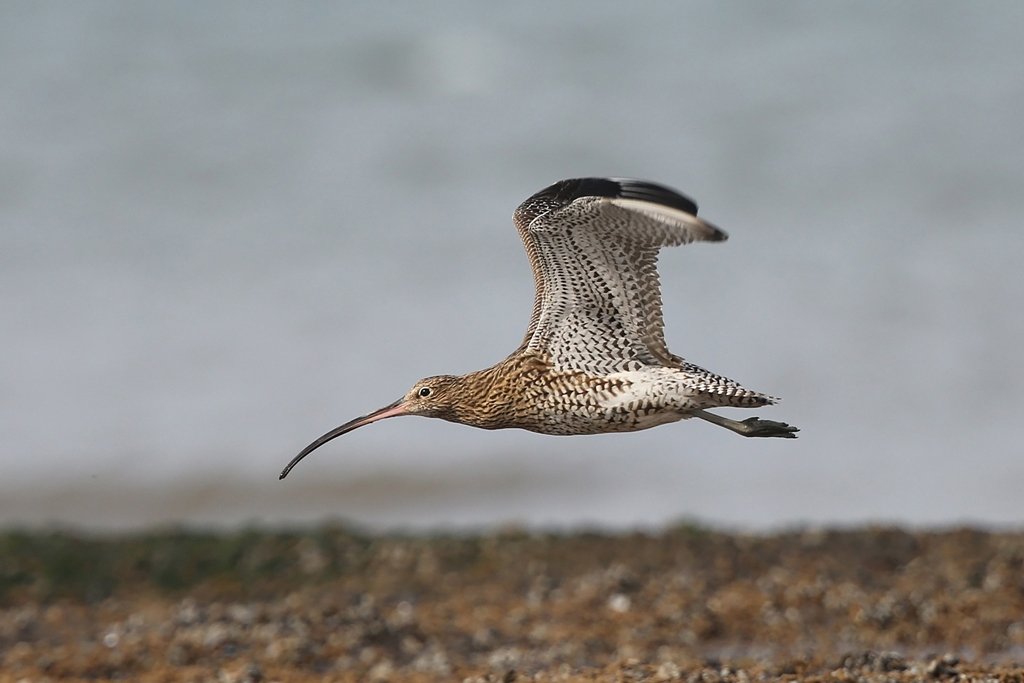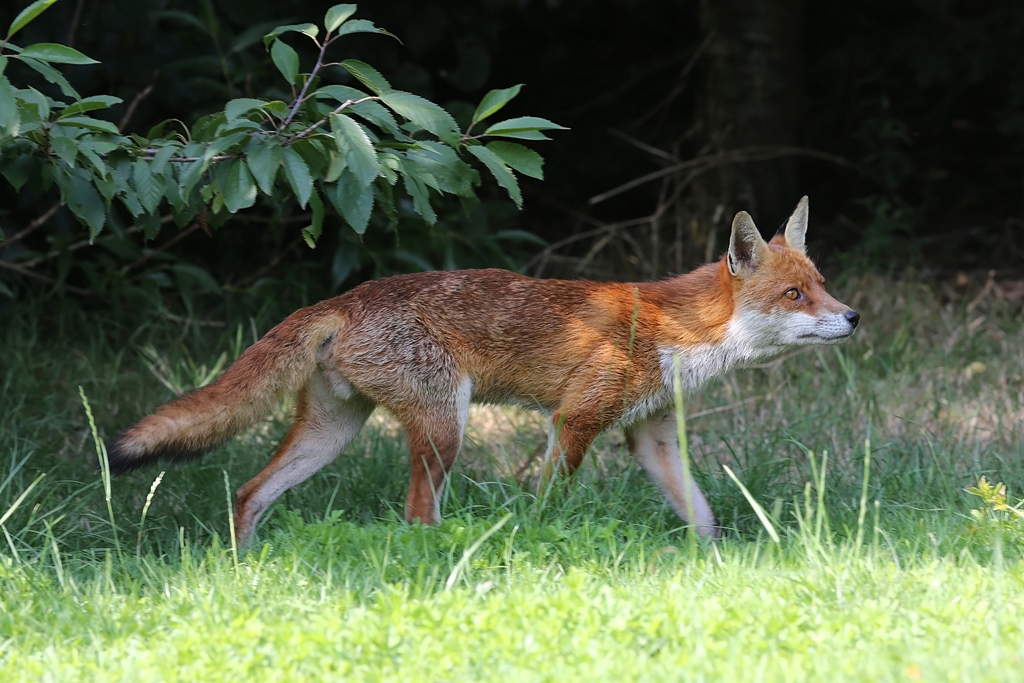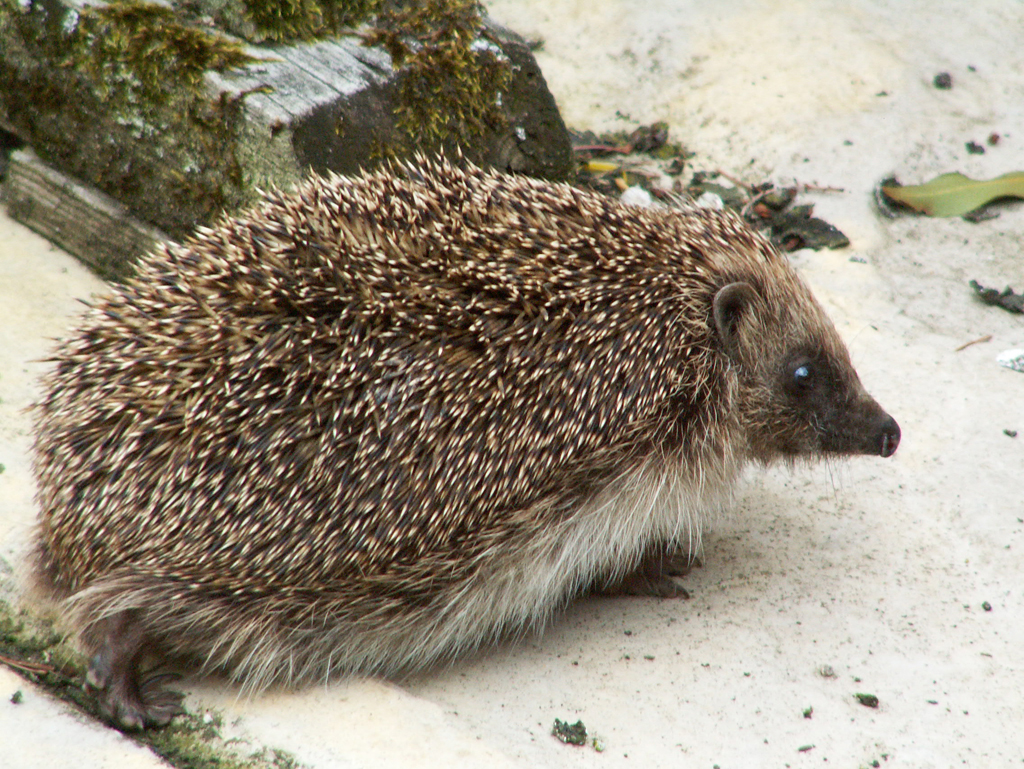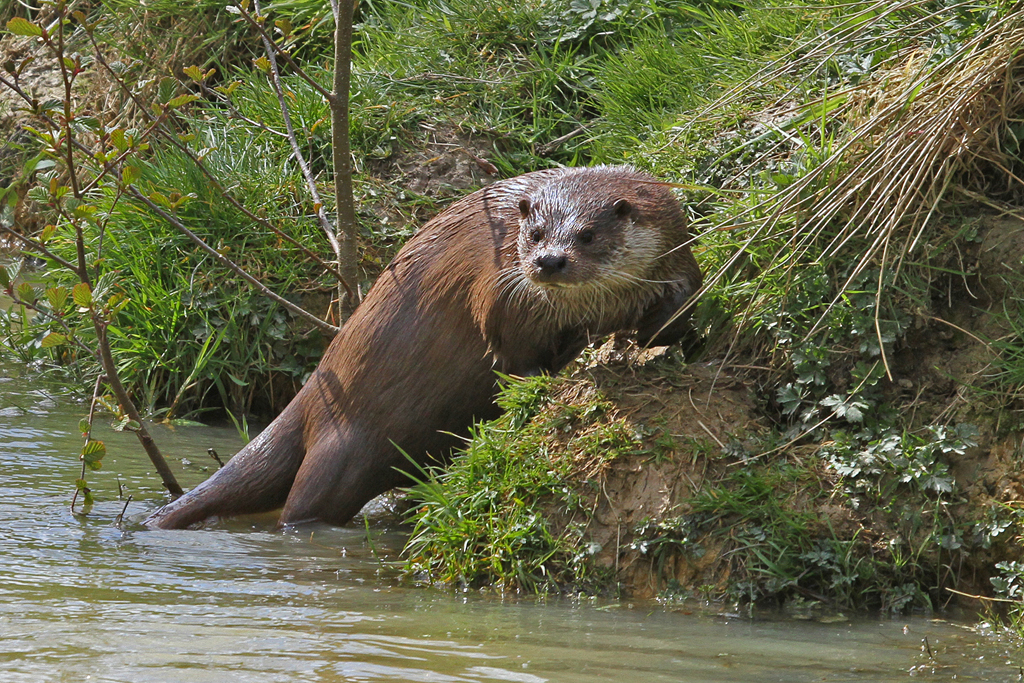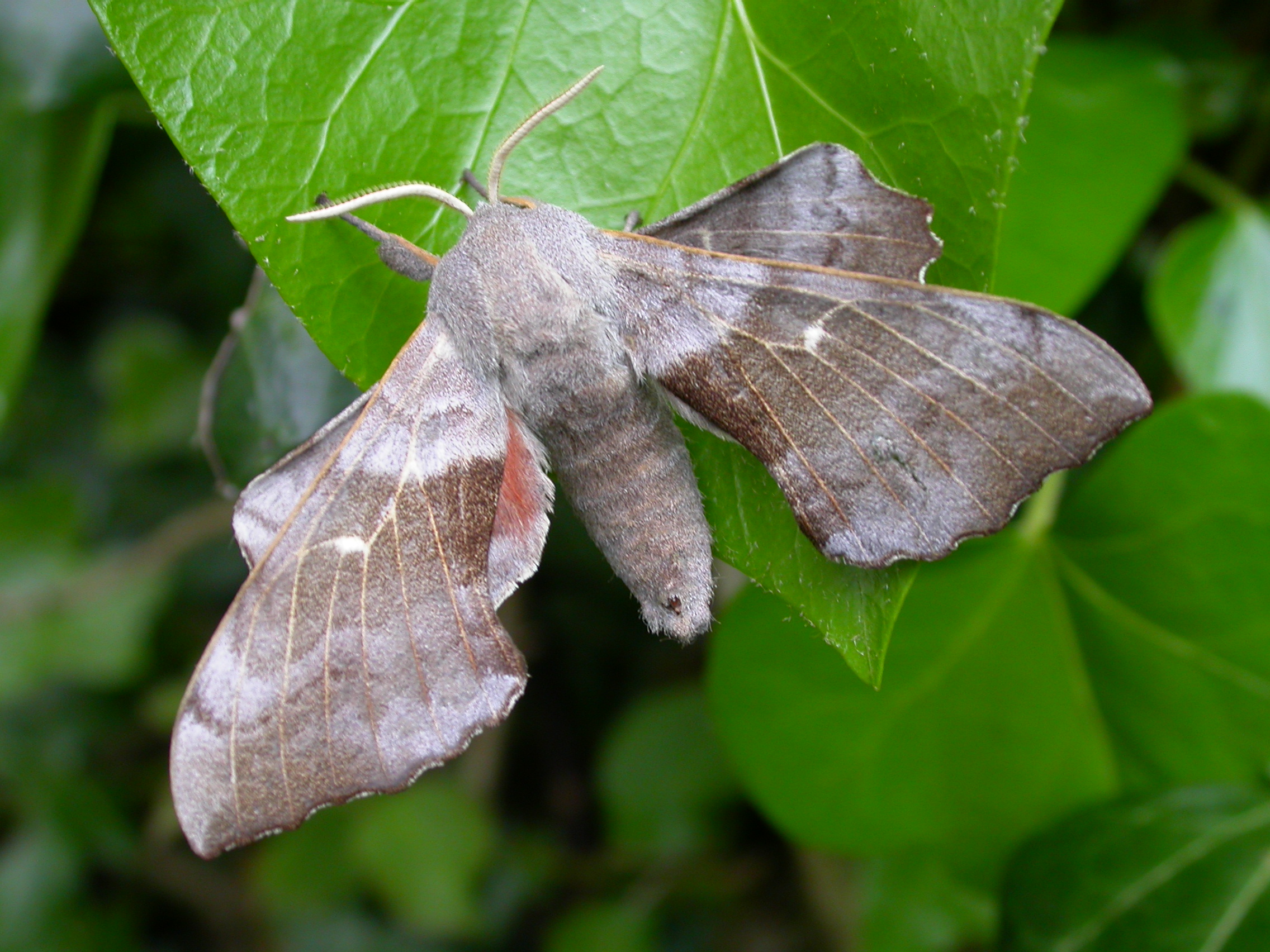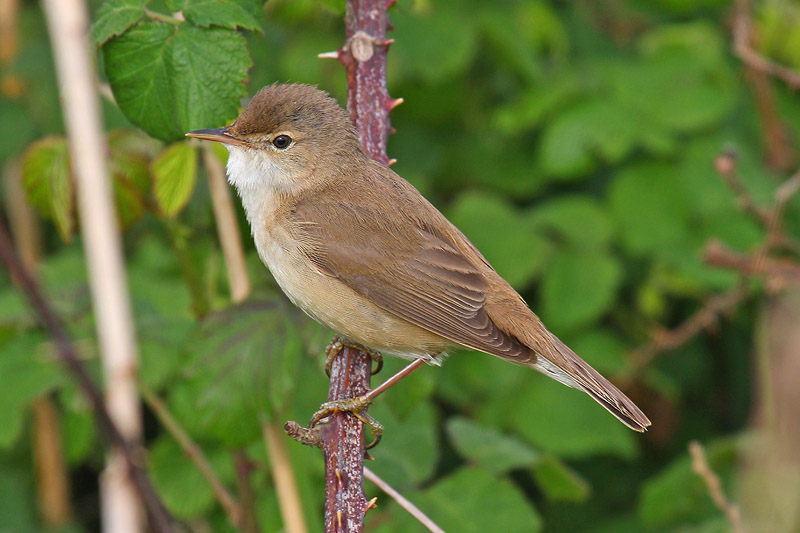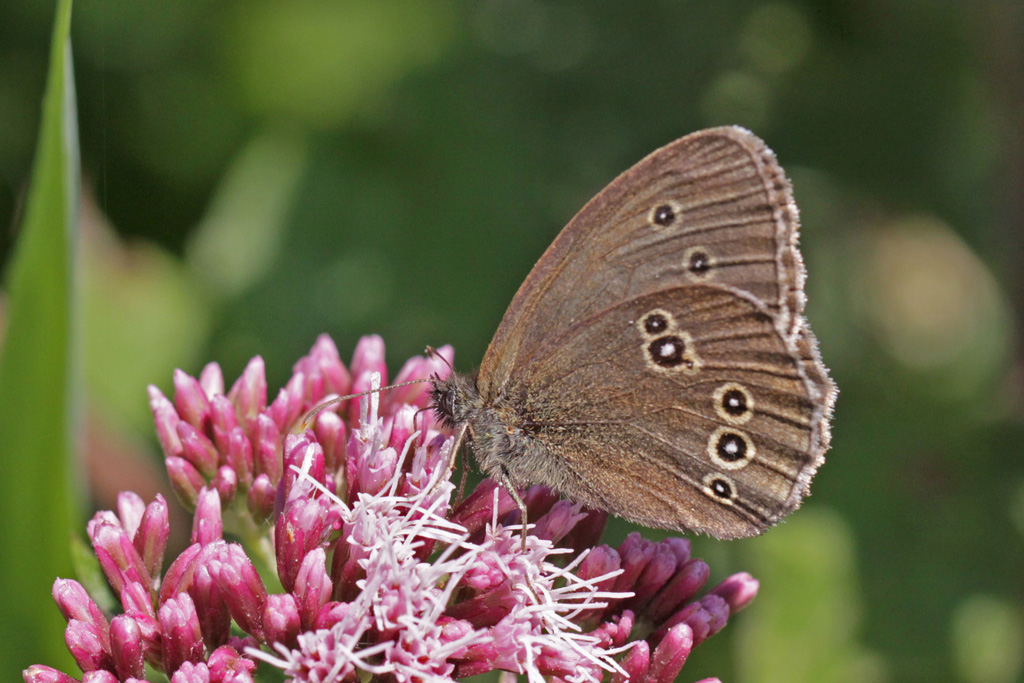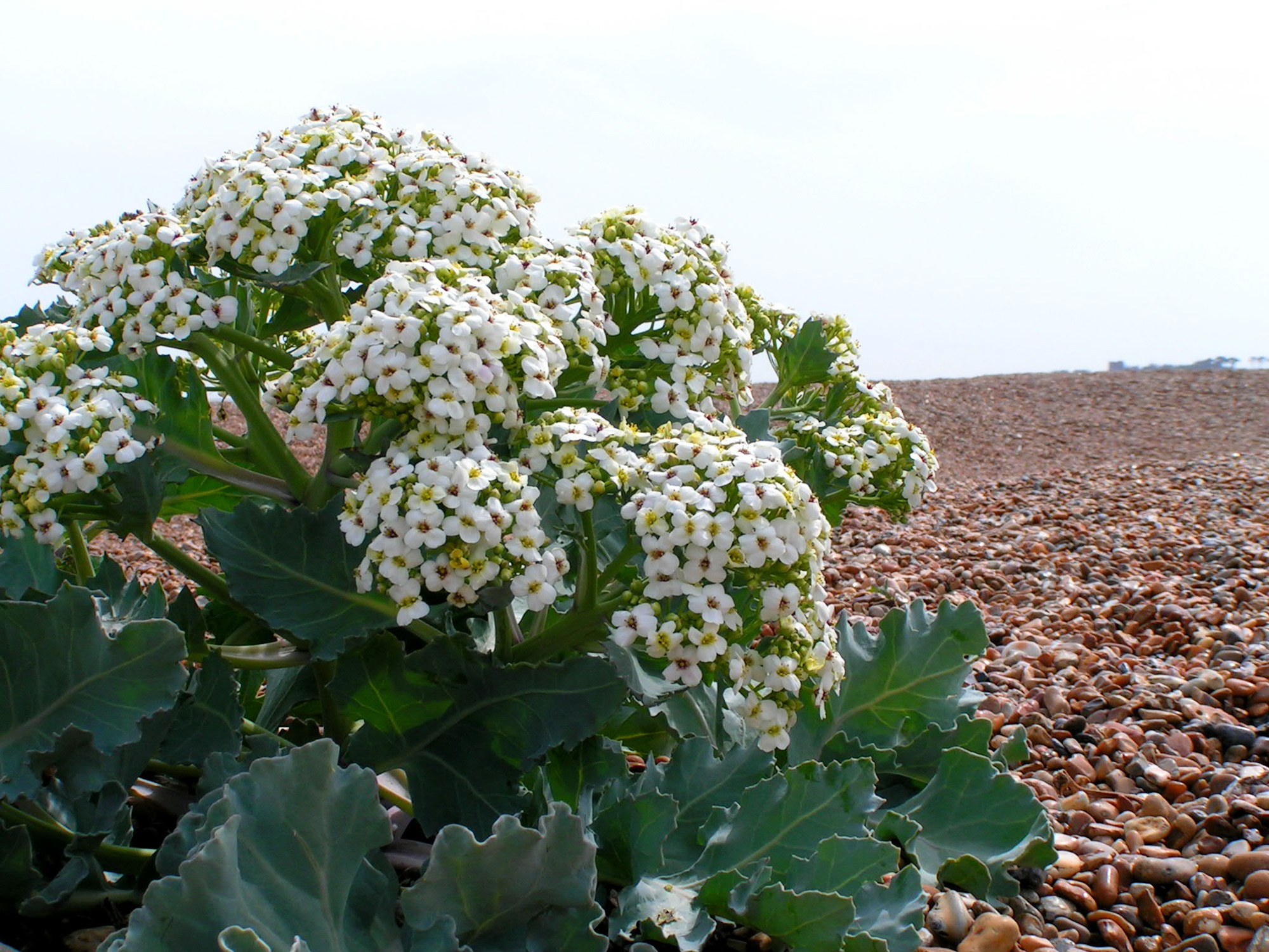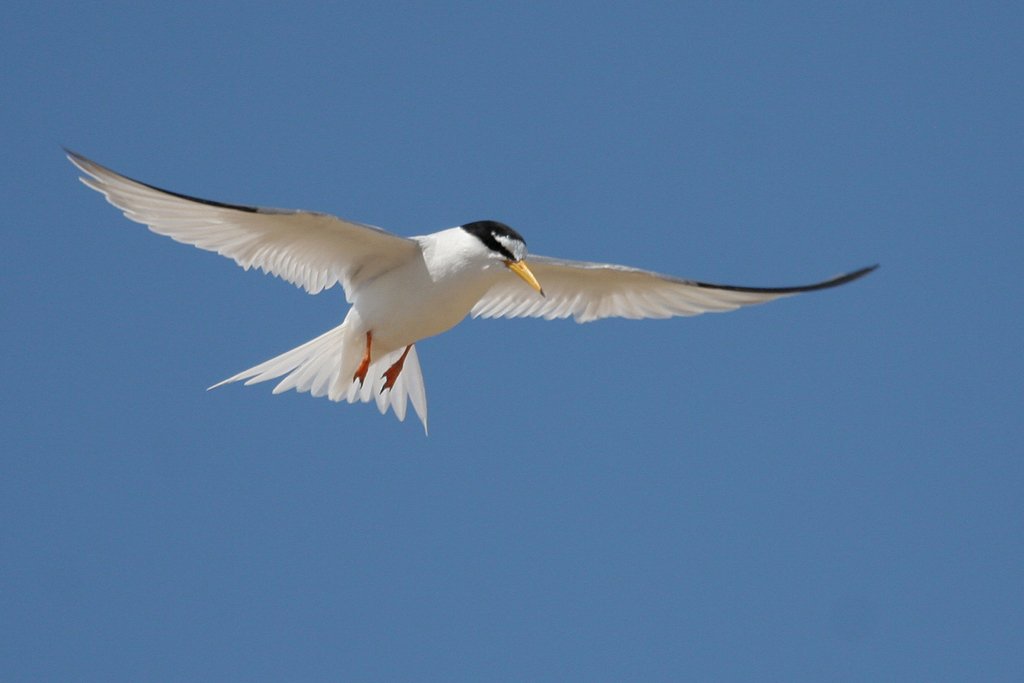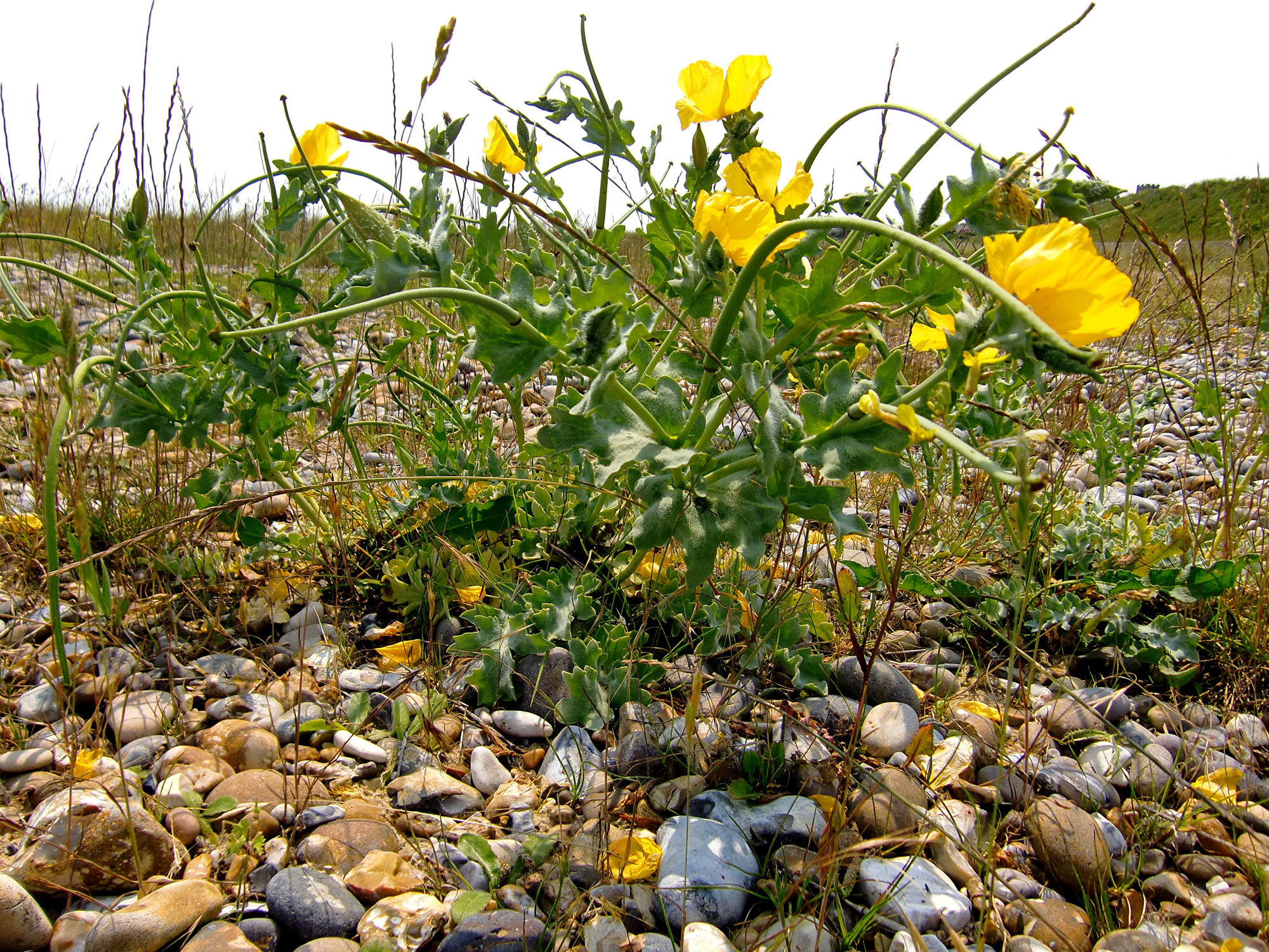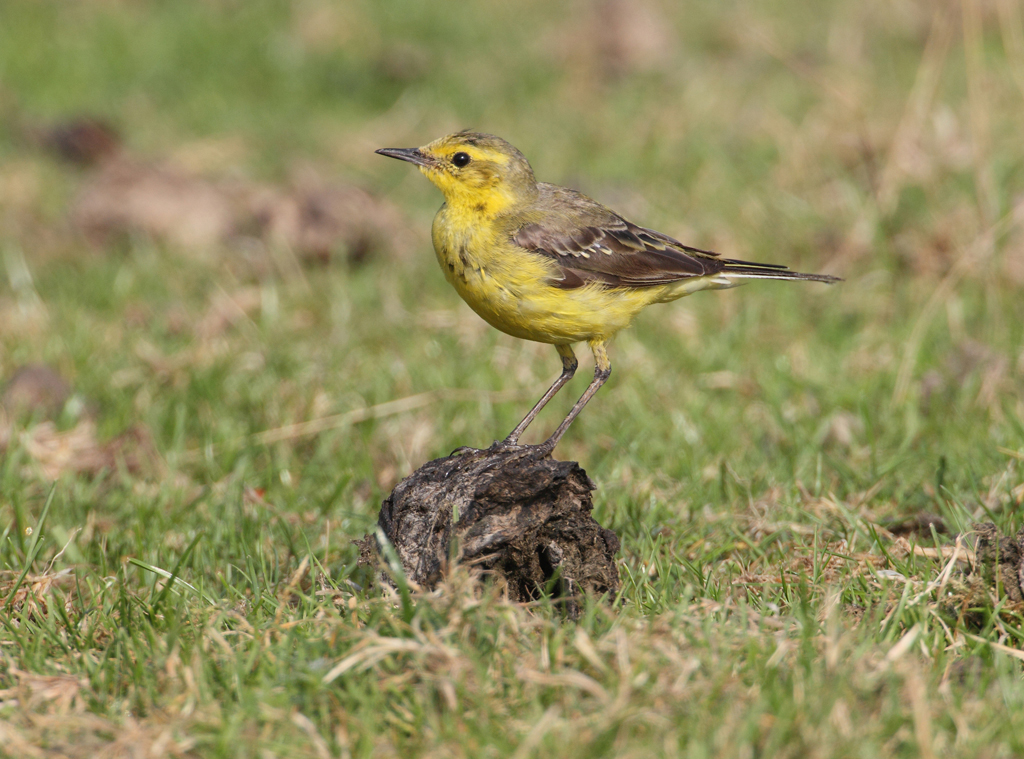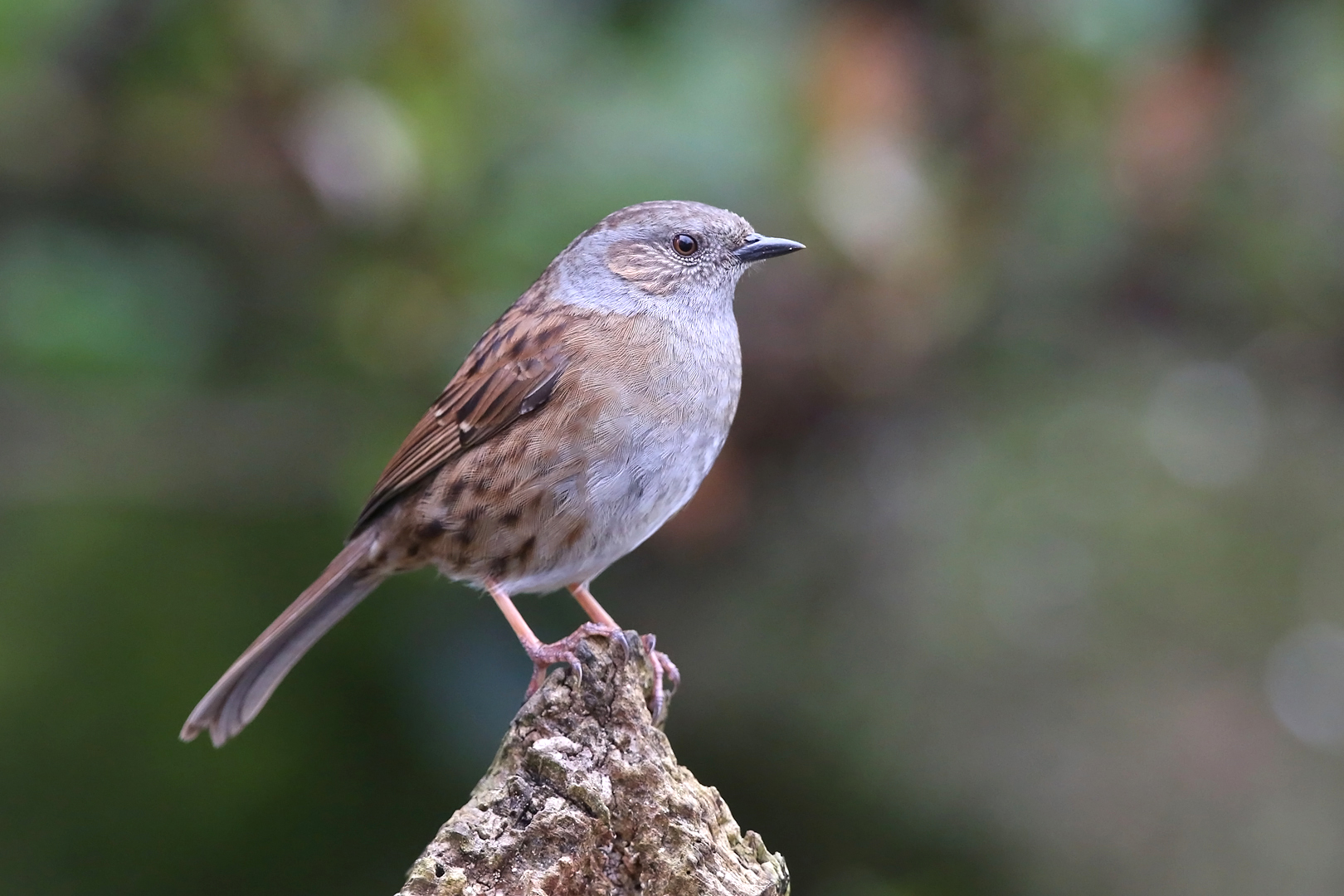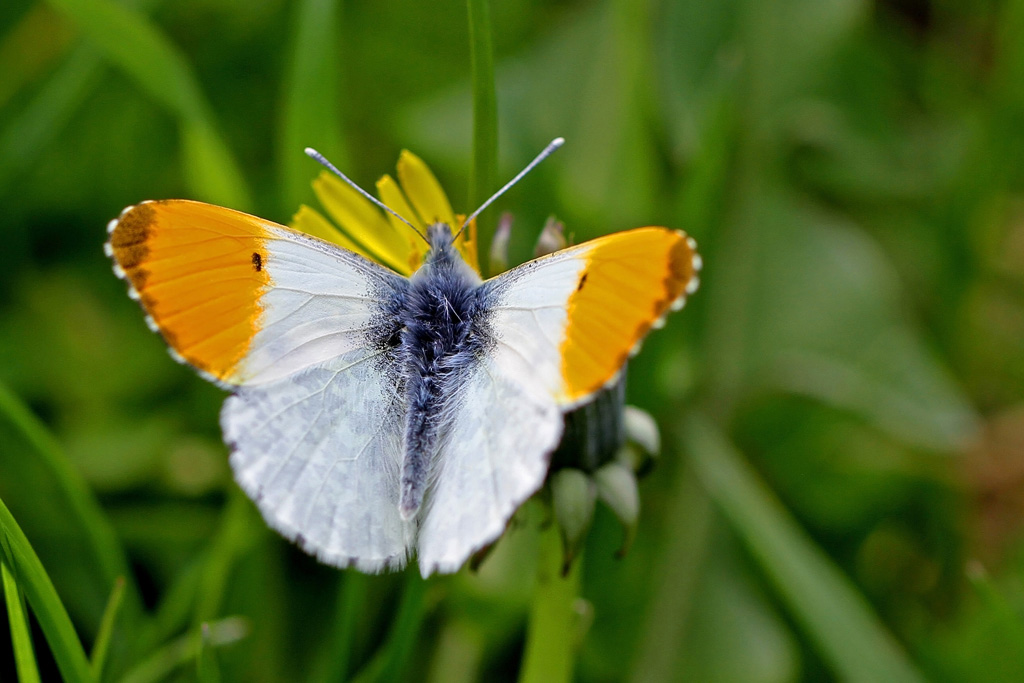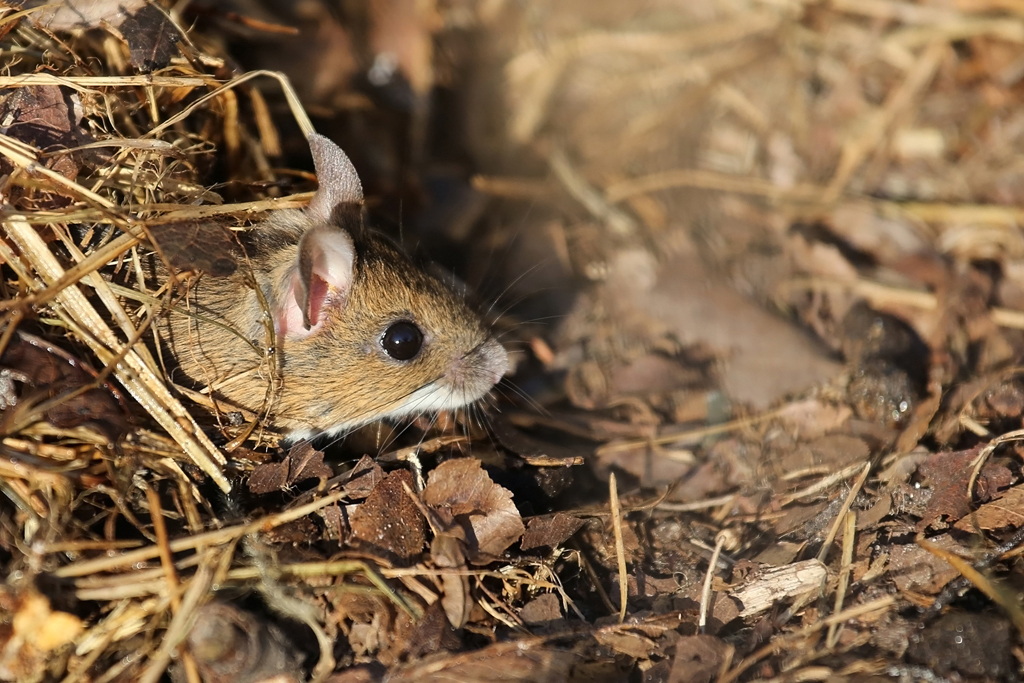Village Voices Nature Note: In Praise of Life
One of these days we shall wake up and hear that David Attenborough has died. There will then be deep and widespread national mourning, since he has become a sort of secular saint – a new St Francis of the birds and animals. But one should praise people while they are still alive and with us, not just write solemn obituaries when they are dead, so here goes.
For years Attenborough has been our guide to the natural world – infectiously enthusiastic, knowledgeable and, what is not at all the same thing, wise. It has become a sort of televisual cliché, but now an addictive one: the camera shows us some impossibly remote and inhospitable terrain from a great height; we pick out a tiny, distant figure in the wilderness of ice, marshland or desert; the picture zooms slowly in; and there is Attenborough, spreading his arms outwards to welcome us in, swaying around somewhat erratically to emphasise his words, and telling us, almost confidentially, in that so familiar, slightly hoarse voice, ‘And here, even in these extreme conditions, there is life, abundant life, and just over here behind me is something really quite extraordinary …’ .
In his autobiography he tells the story of his first job-interview with the BBC. His interviewer recommended that he be given a job, but should on no account be allowed in front of a camera, because of his peculiar facial movements and body language. This is precisely his great charm, however. He has the priceless gift of conveying his sense of wonder and excitement about the natural world in a way we can share and can see to be genuine. He is the perfect guide and intermediary, who invites us in and then lets us see what he saw and enjoy our own reactions. So many other presenters seem over-rehearsed by comparison. They spend more time presenting themselves than the wildlife, and their flirty chit-chat and highly staged conversations just get in the way.
I once heard Attenborough give a talk. The hall was packed, of course, and at the end of his spellbinding performance the chairman invited questions. A little boy at the front shot up his hand and asked in piping tones, ‘Please, Sir, how can I be like you when I grow up?’ The audience collapsed. But the great man took him seriously and said, ‘Well, the first thing you might do is go outside in your garden and look hard at something. I mean look really closely, for a long time, and then try to draw or write down what you saw and think of some questions to ask. It may become a habit.’
Jeremy Mynott
12 April 2022
Village Voices Nature Note: a Herald, but of what?
01 Feb 2022
I went into my woodshed on the last day of the year and was greeted by a In my woodshed on the last day of the year I was greeted by a Herald. Not a Herald, not some reveller dressed up for a New Year’s Eve party with a trumpet reveller dressed up for a New Year’s Eve party with trumpet and tabard, but a and a tabard, but a moth and a lovely one at that. The Herald is quite a large, moth and a lovely one at that. The Herald is quite a large, furry moth, with a furry moth, with an imposing delta-winged shape and beautifully scalloped r delta-winged shape and beautifully scalloped rear-edges to the wings. This one ear-edges to the wings. This one was glowing with colour: it had bright orange was glowing with colour: it had bright orange flashes on its wings with shades flashes on its wings, with shades of pink and purple when it caught the light, of pink and purple when it caught the light, bold white cross tramlines with bold white cross tramlines with some finer lines of tracery running down to the finer lines of tracery running down to the wings’ edge and to finish it off, some wings’ edges and to finish it off, some neatly positioned white and black spots. neatly positioned white and black spots. Quite a spectactle - and a surprise too Quite a spectacle – and a surprise too, since you rarely find moths hibernating ince you rarely find moths hibernating through winter, though a few butterflies through the winter, though a few butterflies like Peacocks do.
The Herald Moth’s name may be meant to recall the flaring skirts of the medieval herald’s traditional costume, but its scientific name libatrix suggests dieval herald’s traditional costume, but its scientific name, suggests an alterna- an alternative explanation. Libatrix literally means meant ‘someone who pours a libation’, so maybe we are supposed to imagine the moth as a Roman priestess in her fine robes, pouring a libation to the gods or we could update that and think of it as someone raising a glass to greet the New Year with a rousing `Good Health’. Well, let’s hope so. My moth will emerge from hibernation in March or April, and what will our world be like then? Who knows? A month is a long time in a pandemic.
I’m uneasy. I think it was the exceptionally mild weather that made this Herald more active. Daffodils are already shooting up their green spears and may be flowering as you read this. I saw a bumblebee on the ivy the other day and birdwatchers have just spotted the first swallows of the year in Cornwall. We had the warmest ever New Year’s Day and people turned out in crowds to enjoy the unseasonable temperatures but we know this isn’t normal – or didn’t used to be. Some early stages of climate change may seem quite pleasant round here, but look round the world: tornados in the American mid-West, Typhoon Rai in the Philippines, record fires and snowfalls in Colorado, a heatwave in Bilbao. This is the ‘new normal’ and it’s coming our way. Expect the unexpected.
At COP 26 last November – remember that? – we were given some reasons to be hopeful. But have the promises already been forgotten? Can we still turn things round? Perhaps the wise advice is to think like pessimists and behave like optimists.
Jeremy Mynott
Village Voices Nature Note: Let there be Dark
01 Dec 2021
I’m writing this on 1 November, when we have just changed the clocks and plunged deep into darkness until 27 March next year. I wish we could just stay with Summer Time myself, as the EU plans to do and as (little-known fact) we actually did in Britain experimentally from 1968-71; but then the Scottish farmers weighed in and said it was unfair to cows to change their milking times. Why even tell the cows if they have a problem with it, I wondered at the time, but maybe I was missing a point about circadian rhythms.
These are the automatic systems that constitute our 24-hour body-clocks and they manage all kinds of bodily functions like sleep patterns, mental alertness, cell
regeneration and brain-wave activity. They are triggered by changes from light to dark and are called circadian from the Latin circa diem about a day. All animals and plants have them – they control the precise timing of things like hibernation, reproduction and migration. You can watch some flowers literally closing down for the night as dusk falls.
We used to do that too, but in the last hundred years or so we have found two ways of scrambling these control mechanisms. First, we can travel rapidly through time zones, delaying the onset of night by five hours, for example, if we fly to New York – hence jet-lag. Secondly, we are the only species that now lives a good proportion of its life in artificial light, which we had never evolved to do in the millennia before electricity arrived in every home – hence insomnia.
We’re also increasingly inflicting this insomnia on the natural world, through light pollution in our big cities. It wasn’t a nightingale that sang in Berkeley Square, it was almost certainly a robin, confused by the street lights into think- ing that dawn had arrived. We read of baby turtles in Florida heading back up the beach to certain death instead of following the light of the horizon down to the sea. One study in the US estimated that some five million birds might die each year from becoming disoriented in migration and colliding with tall build- ings. And probably billions of insects perish in the glare of lights to which they are irresistibly attracted, so in turn depriving insectivorous songbirds of their usual food supply and further depleting their numbers too. As for glow-worms and fireflies, forget it: the ingenious courtship signals developed over millions of years of evolution are completely lost against the backdrop of skyglow.
Just look at this satellite picture of London by night. Soon everywhere will be over-lit ... except Shingle Street, I hope.
Jeremy Mynott
Village Voices Nature Note: Back to School?
01 Nov 2021
How much do young people know about nature? Do they ever look up from their phones for long enough to actually see anything? We may be about to find out since there are plans to introduce a new GCSE in Natural History and the Cambridge University Exams Board is right now working out a curriculum. As a taster, they sent round these sample questions below.
1. Grampy pig, hardback and curly bug are all common names for a:
(a) earwig; (b) woodlouse; (c) centipede?
2. Muntjac deer are the size of a:
(a) domestic cat; (b) large dog; (c) cow?
3.Is a slow worm a:
(a) worm; (b) snake; (c) lizard?
4. Horseshoe, pipistrelle and bechstein are all UK species of:
(a) bat; (b) deer; (c) orchid?
5. Which of the following is a visitor to the UK (ie, not resident):
(a) little tern; (b) song thrush; (c) wren?
6. Dead man’s finger (Xylaria polymorpha) is common in woodlands. Is it a:
(a) fruit; (b) fungus; (c) flowering plant?
7. A glow-worm is:
(a) a beetle that can chemically produce light; (b) a worm with a glowing tail; (c) a beetle that rubs its wings together to produce sparks?
8. You are walking in the countryside and find a deep 15cm conical hole with foul-smelling liquid poo in the bottom. Is it:
(a) a rabbit toilet; (b) a badger latrine; (c) fox poo?
9. How many eggs do long-tailed tits lay:
(a) 5-8; (b) 8-15; (c) 16-20?
10. Which of the following species is native to the UK?
(a) sycamore tree; (b) brown hare; (c) wildcat
11. How do mussels attach to rocks:
(a) with strong, sticky threads; (b) clamp on with their muscles; (c) small tube feet?
12. The turtle dove has declined by over 90% since the 1970s. The main reason is:
(a) hunting by humans; (b) predation from other animals; (c) loss of habitat?
13. Is a brown argus:
(a) a butterfly; (b) a moth; (c) a dragonfly?
14. How fast does a gannet hit the surface of the sea when diving for
(a) 20mph; (b) 60mph; (c) 100mph?
15. How many different species of beetle are there in the UK:
(a) 150; (b) 1,300; (c) 4,200?
I reckon some of these are quite difficult, so top of the class if you got twelve or more right. But if it was under five, now’s your chance to add another qualification to your cv. Never too late. Answers below:
Don’t cheat!
Answers: 1b, 2b, 3c, 4a, 5a, 6b, 7a, 8b, 9b, 10c, 11a, 12c, 13a, 14b, 15c
Jeremy Mynott
Village Voices Nature Note: the Humbler Creation
01 Oct 2021
There’s plenty of public support for protecting charismatic species of wildlife like golden eagles, beavers, red squirrels, swallowtail butterflies and oak trees – even domestic alpacas, just recently. But what about the humbler creation, as the hymnist put it, of insects, beetles, and worms that actually make the world go around? Especially worms. Worms have traditionally been regarded as the lowest form of life. The word itself comes from the Latin vermes from which we get vermin, and to call someone a worm suggests they are beneath contempt. But as any farmer will tell you worms are critical to the health of the land. They devour and recycle dead vegetation, and act as tiny ploughmen to aerate, drain and fertilise the earth. The richer the soil the more earthworms there will be in it, so those worm- casts on your neatly cut lawn are more like compliments than disfigurements. It’s been estimated that in an acre of good pasture there may be a greater weight of worms under the soil than there is of live stock above it.
All the great naturalists in history have praised worms. Aristotle called them the intestines of the soil, while Charles Darwin studied them for over 40 years and observed, It may be doubted whether there are any other animals which have played so important a part in the history of the world. My favourite worm quote, however, comes from the peerless Gilbert White, curate of a small village in Hampshire, whose Natural History of Selborne (1789) is said to be the fourth most published book in the English language (after the Bible, Shakespeare and John Bunyan). White is the spiritual father of all today’s nature diarists (including me) and Selborne is the record of his daily observations in his tiny parish, which he rarely ever left. Here he is extolling the worm and making a very modern point about the interconnectedness of all life:
The most insignificant insects and reptiles are of much more consequence, and have more influence in the economy of Nature, than the incurious are aware of; and are mighty in their effect... Earthworms, though in appearance a small and despicable link in the chain of nature, yet, if lost, would make a lamentable chasm. For, to say nothing of half the birds, and some quadrupeds, which are almost entirely supported by them, worms seem to be the great promoters of vegetation, which would proceed but lamely without them.
In some cultures we become part of this chain too by eating worms – the Maori traditionally regarded them as a great delicacy; and in most others we willingly submit to the reverse process on death ...
Jeremy Mynott
Village Voices Nature Note: Benign Neglect
01 Sep 2021
Sometimes the best form of conservation action is inaction. The poet Gerard Manley Hopkins visited Loch Lomond in 1918 and afterwards wrote these lines, entranced by the wonders of its wild and untouched nature:
What would the world be, once bereft
Of wet and of wildness?
Let them be left,
O let them be left, wildness and wet;
Long live the weeds and the wilderness yet.
Further south, it sometimes feels as though we are waging a war on wildness. We transfer the house-proud virtues of keeping our homes clean and tidy on to the countryside itself, as if it was a kind of extension of our living rooms. Take the case of roadside verges. There’s no need to keep these shorn like carpets, as many landowners and local councils do. We have over 300,000 miles of rural roadside verges in this country, so that’s a major natural resource, equivalent in size to about half of the whole area of flowering meadows and grasslands we still have left (and we’ve lost a terrifying 97% of those to agricultural or urban development in the last 75 years).
Our verges support over 700 species of flowers overall and that’s nearly half our total flora. Never mind that you might think some of them weeds if they were in your front garden. What’s a weed but a flower in the wrong place? I walked a length of our local verges in July and they were ablaze with vetches, trefoils, scabious, knapweed, thistles, ox-eye daisies, meadowsweet, clovers and cranesbill. And all these flowers in turn support legions of butterflies, moths, bees and other insects. The bird’s foot trefoil, for example, feeds some 130 species of invertebrates, and it’s estimated that just a mile of flower- rich verge can produce 20kg of nectar-sugar, enough to sustain several million pollinators like these.
Verges do need to be cut periodically, or else the weight of dying vegetation would eventually overwhelm them and stifle next year’s growth, but the time to do this is late in the summer, or even autumn, when seeds will have been shed. That way you maximise biodiversity, whereas a suburban neatness amounts to mass ecocide. The old Best-kept Village awards used to be judged partly on tidiness, but we know better now. The name verge comes from the Latin virga, the staff of official responsibility, indicating the extent of the holder’s power, and our civic responsibilities now extend to saving our declining wildlife. In parts of Suffolk selected verges have therefore been declared Nature Reserves – great idea! Long live the weeds and the wilderness yet.
Jeremy Mynott
Shingle Street Settlement (from Village Voices)
As regular and long-time visitors to Shingle Street, many of you will be very aware of the significant changes we all saw last year in both the number and nature of visitors to the hamlet. Lockdown, increases in local housing and hot weather all contributed to this, and we noticed a marked shift away from the respectful leisure use of the beach towards much less considerate behaviour, with associated problems of littering, use of the natural area as toilets, damage to protected plants and landscape, and dangerous and thoughtless parking.
[Continue reading →]
Village Voices Nature Note: Sounds of Spring
03 May 2021
All the talk is of a ‘return to normality’. Yes, but as Aesop reminded us in one of his moral fables, we should be careful what we wish for. One of the compensations of lockdown has been that people have been exploring their immediate surroundings much more closely than ever before and seeing all sorts of things that were always there but unnoticed. Hearing them, too – for one of the revelations of the first lockdown was how transformative it was to be spared the noise pollution of air and road traffic and hear natural sounds again with such clarity. The buzzing of bees, the gentle soughing of leaves, a babbling stream, and above all the chorus of spring birdsong – all balm to the ear. It felt like a new experience, but it’s also an ancient one. Here is the Greek poet Theocritus, celebrating the sounds of summer in the third century BC:
Over our heads many an aspen and elm stirred
And rustled, while nearby a sacred spring
Gurgled gently, welling up from a cave.
In the shady foliage of the trees the dusky
Cicadas were busy chirping, and some distant songster
Murmured from deep in the thorny thickets.
Lark and finch were singing, the turtle dove crooned,
And bees hummed and hovered, flitting hither and yon.
Well, that sounds pretty familiar, if you change cicadas to crickets and think back to the time when we did still have turtle doves and elms. But I worry about that ‘distant songster’. As the traffic builds up again, I’ve noticed that the softer and higher-pitched ‘murmurings’ of birds like goldcrests, coal tits and tree creepers are getting harder to pick out against the background din. And that isn’t just my ageing ears suffering what audiologists call the ‘cocktail party problem’ of picking out individual voices in a crowd. I seem to spend more time in the woods than at cocktail parties anyway, but the real problem is that now even the birds are finding it increasingly difficult to hear each other. Research shows that they are having to sing louder to be heard in the modern world and that many of them are having to abandon otherwise suitable habitats near busy roads for just that reason. I find that rather sad. Think of a visual world that consisted only of loud colours. Think of an orchestra that only had trombones, cymbals and drums. So much of the beauty of both the landscape and the soundscape depends on variety, subtlety and harmony.
The Aesop fable has a bleak ending by the way. I won’t close on a low note but you can check it out at: https://fablesofaesop.com/the-old-man-and- death.html.
Jeremy Mynott
Village Voices Nature Note: far away and long ago
05 Apr 2021
There’s a lot of excitement about this Perseverance mission to Mars. The technology is amazing and the information we are getting back is remarkably detailed. For example, the night-time temperature there yesterday was a bracing -980F. They’ve equipped that extraordinary Rover vehicle to search for signs of past life. If they find any, it’s likely to be in the form of fossilised microbes about 3.5 billion years old. The mission is costing $2.7 billion and is thought well worth the price of satisfying the deep human urge to reach out and find life elsewhere in the universe.
I couldn’t help comparing that sum, though, with the current UK budget of £258 million for nature conservation and the protection of biodiversity. There is life on earth, right here and now, and it needs some help. Some of our own ancient inhabitants are in real trouble. Bees evolved sometime in the Cretaceous period, some 120 million years ago, at about the same time as flowers, with which they have ever since formed a mutual support system. The bees pollinated the flowers, which competed for their attention with the huge variety of different colours, shapes and fragrances they evolved to lure them in. In turn, the flowers offered the bees pollen and nectar and the bees themselves diversified to take advantage of this bounty. We come into this biological equation too, since we depend on crops the bees have fertilised – in fact it has been estimated that the value of pollination for human food is more than £110 billion a year.
But bees are declining fast. They have lost important habitats of flower-rich meadows and suffered terrible collateral damage from pesticides, herbicides and parasites. We’ve all read the headlines about this, but how much do we really know about them? Most people can recognise a bumble bee and a honey bee, but did you realise we have 24 different kinds of bumble bee in Britain and 270 other kinds of bee, 250 of which are called ‘solitary bees’ that don’t live in hives or big colonies. These have a huge range of life-styles, indicated by such intriguing names as miner, mason, leaf-cutter, wool-carder and sweat bees. Worldwide, there are 20,000 kinds of bees, more than all birds and mammals put together.
Well, you can see where my Easter parable is heading. Are we at risk of learning more about 3 billion-year old microbes on a dead and uninhabitable planet 140 million miles away than about the buzzing and blooming life that sustains our own live one and that lifts our hearts again every spring?
Jeremy Mynott
Village Voices Nature Note: Seasonal Cycles
01 Oct 2020
Just as the first arriving swallows in mid-April marked the beginning of spring, so the flock I now see gathering on the telephone wires portend our autumn. There must have been some fifty of them there this morning, all chittering and chattering furiously, as if psyching themselves up for their long journey to come. Every now and then, for no apparent reason, they suddenly all take off together in what birders call a ‘dread’ (a habit that swallows share with terns); they freak out in a cloud of fluttering wings, circle around together for a few seconds, and then settle back again, but restlessly, as if waiting for their flight number to come up on the celestial departure board. Strange to reflect that these same swallows will soon be swooping over elephants and ostriches in South Africa. We think of them leaving home to spend the winter there, but it will be spring in South Africa when they arrive, so who is to say where their true home is? It’s a continuous cycle of arrivals and departures.
We’ve just been through the seasonal spring cycle ourselves, one with its own strange paradoxes. There were the contrasts between the record-breaking sunny weather and the looming climate crisis, and between relief in the wonderful new silences and the horror at the headlong progress of the pandemic. The national lockdown rightly imposed serious restrictions, but many people found it liberating to take up new interests or revive old ones. They lost themselves and found themselves in activities like gardening, music, art, physical exercise, reading, crafts and games. Nature too provided great solace as people saw and heard things close to their own homes they had never properly appreciated before. As soon as lockdown was announced on 23 March, I agreed with two naturalist friends living in different parts of the country, Michael McCarthy (London) and Peter Marren (Wiltshire), that we would each keep detailed diaries of our experiences of this extraordinary Covid spring and then combine them to share with others our sense of the delight and inspiration the natural world can offer in a dark time of stress and anxiety. We made a book of it, which will be published in mid-October. The Consolation of Nature is the story of what we discovered by literally walking out of our front doors.
These seasonal cycles are just that, cycles in which the end of one season is the beginning of the next, which in turn brings us back to the beginning again, but not quite the same as we were before. Hopefully knowing more, caring more and more deeply grounded in the only world we have.
Jeremy Mynott




